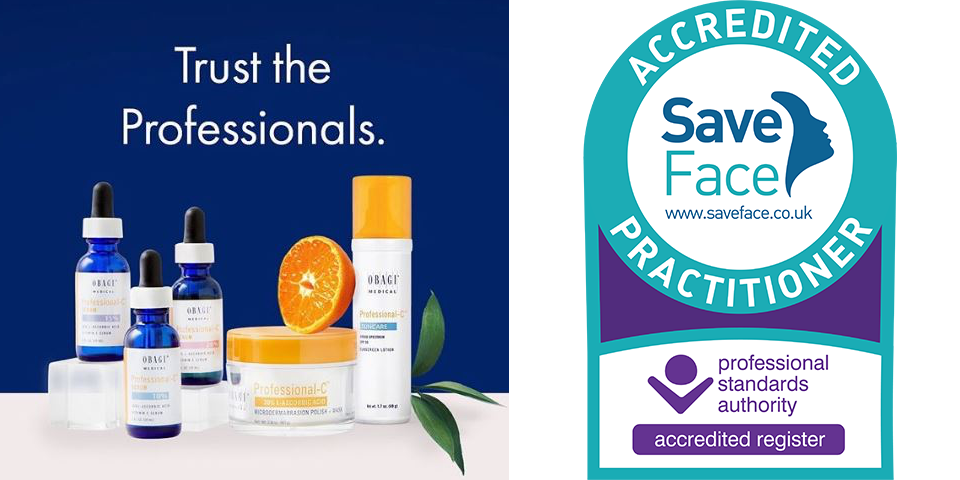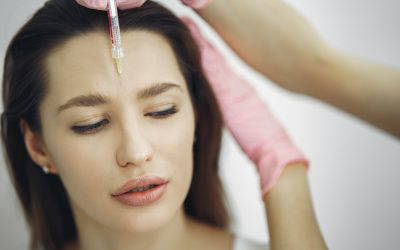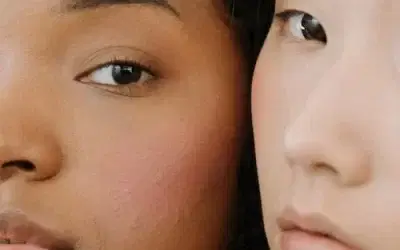I hope you’re coping with the extended “lockdown” I’ve been very busy adapting to the “new normal” but I wanted to take this opportunity to catch up with a quick update on what’s happening at Helen Hunt Aesthetics and Skin Care as well as giving you some advice about hyperpigmentation.
So, what is going on at Helen Hunt Aesthetics and Skin Care?
Here at Helen Hunt Aesthetics and Skin Care, I am busy preparing for re-opening my clinics in July.
Following advice from my insurers and governing body and by implementing the Save Face Covid-19 protocols I am happy to confirm that with these in place, we are confident that we can safely offer our services again from 13th July 2020. You can read more here – https://www.saveface.co.uk/
It has been so important for me to ensure this is done carefully to minimise risk as far as possible and ensure that you receive the same care and attention from me as you usually do. Please read my dedicated post on Covid-19 precautions, in my blog for more information. https://www.helenhuntaesthetics.co.uk/blog/
Also, my posts on social media can keep you up to date with all things “aesthetic and skin”, so please follow me there.
Meanwhile, here are my notes on hyperpigmentation:
What is hyperpigmentation?
Hyperpigmentation occurs when the skin overproduces melanin, the pigment that gives skin its colour.
The science bit:
The cells which are responsible for the production of melanin are called melanocytes. Some melanocytes can become hyperactive and form big groups. This process can make spots or patches of skin appear darker than the rest of the surrounding skin area.
There are different types of hyperpigmentation:
Post-inflammatory hyperpigmentation
This occurs when a skin injury or trauma heals and leaves an area of discolouration behind. It’s commonly found among acne patients and can also be caused by some cosmetic procedures if they are not administered correctly.
Age spots (also known as sunspots)
These are small areas of discolouration (hyperpigmentation) that frequently appear on the face, hands and other parts of the body regularly exposed to the sun.
Melasma spots
These are similar in appearance to age spots but are larger areas of darkened skin that appear symmetrically on both sides of the face (cheeks, under-eye area, hairline) most often as a result of hormonal changes. Pregnancy, contraceptive pills and the menopause, for example, can trigger overproduction of melanin.
What can help treat pigmentation issues on the face?
First of all, it’s important to understand that treating any type of pigmentation is a big commitment. Topical treatment and the type of products used daily at home is key.
Secondly, the daily application of sunscreen is essential but not enough in the treatment or prevention of pigmentation. As mentioned before – pigmentation is a skin condition caused by abnormal melanocytes. We can control pigment production inside our melanocytes by using creams/ ointments containing active ingredients such as hydroquinone, arbutin, kojic acid, azelaic acid, tranexamic acid. If the pigmented lesion sits deeper in the skin, then the treatment should have a combined approach. In this case, you also need to add exfoliating ingredients as well as vitamin A derivatives.
Why is Obagi Medical my go-to product to treat these skin conditions?
As a trained Obagi clinical nurse, I’ve had the opportunity to treat many patients suffering from different types of pigmentation. Obagi Medical Nu-derm system relies on the strongest prescription form of active ingredients used to treat pigmentation in the skin. It’s also very easy to use and most of my patients love the fact that they can do everything at home.
Are there any common after-effects to be aware of?
Redness and dryness is a normal reaction in the first few weeks as your skin needs time to get used to active ingredients. It’s a little bit of social downtime – it won’t stop you from going to work and seeing other people. You may also experience increased sensitivity – but after a while, your skin will be able to tolerate a daily treatment and settle into the routine.
How long will it take to see results?
First results are usually visible after 4 weeks -and that’s only the beginning of your journey for even skin colour.
So – I want to get started – what should I do? Can anyone access these products?
Book yourself for a skin consultation with me and we can discuss the best treatment for you! Most types of pigmentation require treatment with prescription-strength active ingredients. Your treatment needs to be performed under the supervision of a qualified practitioner, such as myself, making a consultation is essential. We need to know the reason and factors which trigger your pigmentation issues. The type of pigmentation will determine the strength of your treatment and active ingredients which will need to be used. Our medical professionals will sign the prescription for you and help you to order your products so you can start your treatment ASAP without going outside your house! It’s hassle-free.




